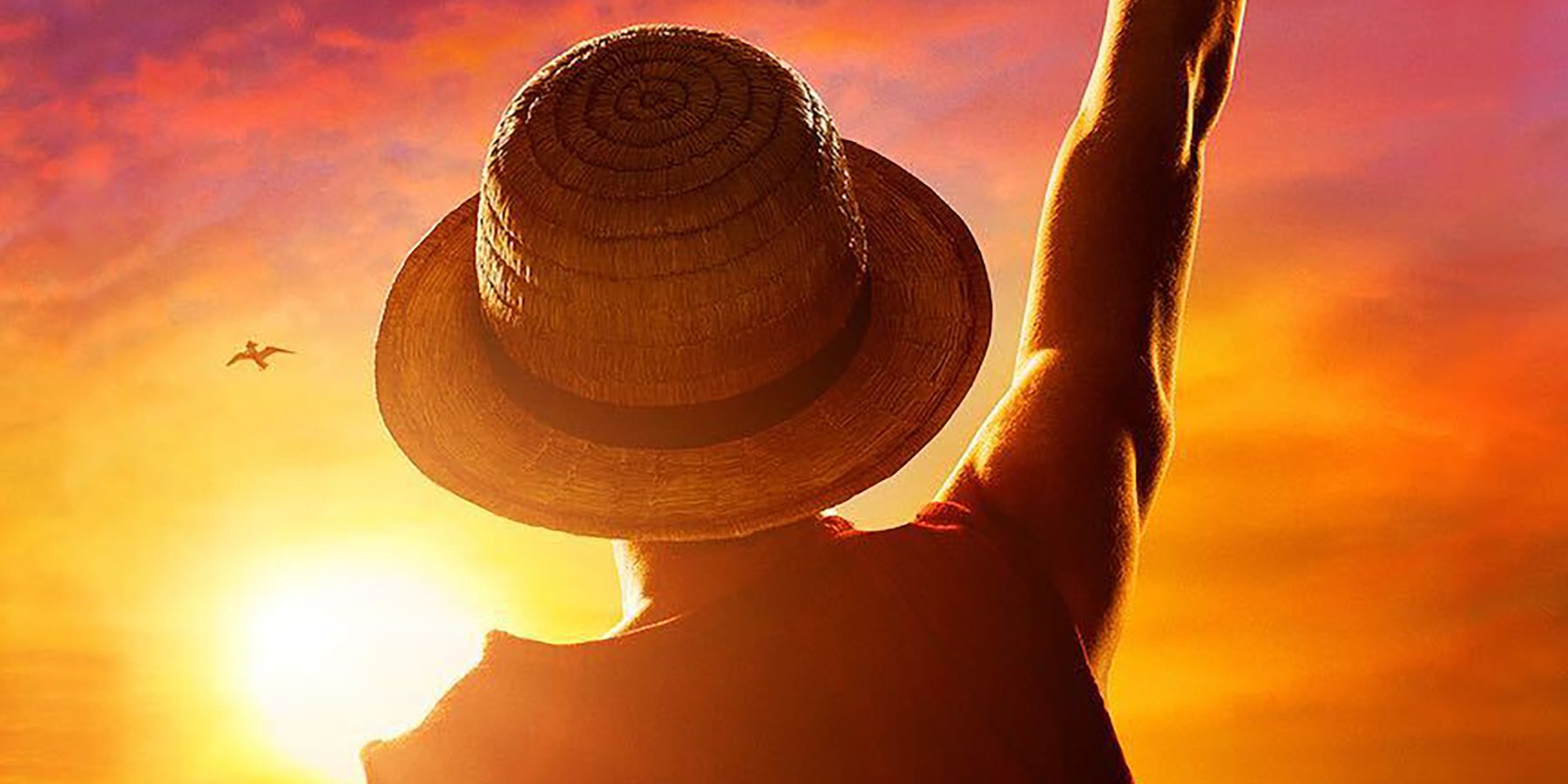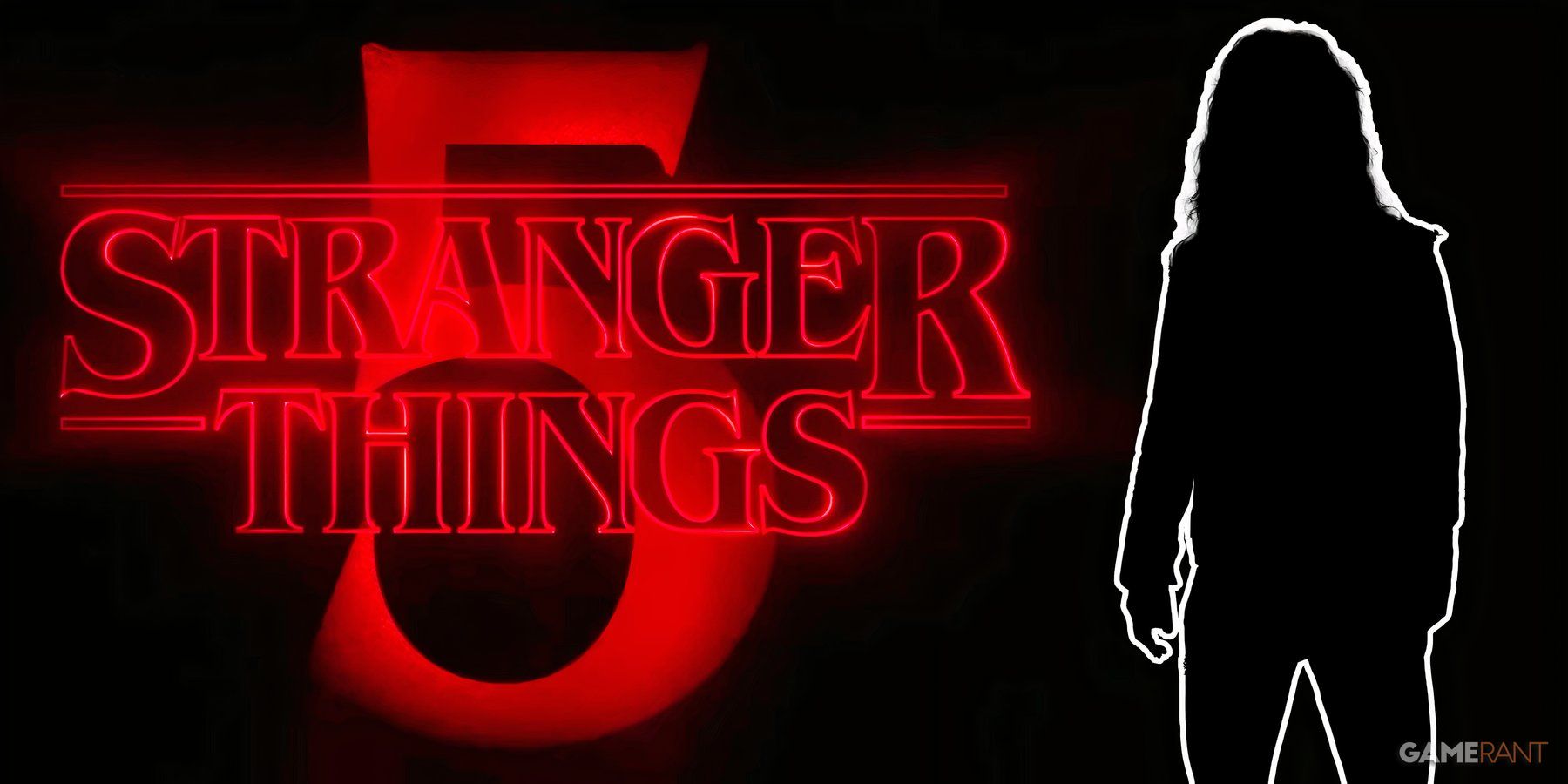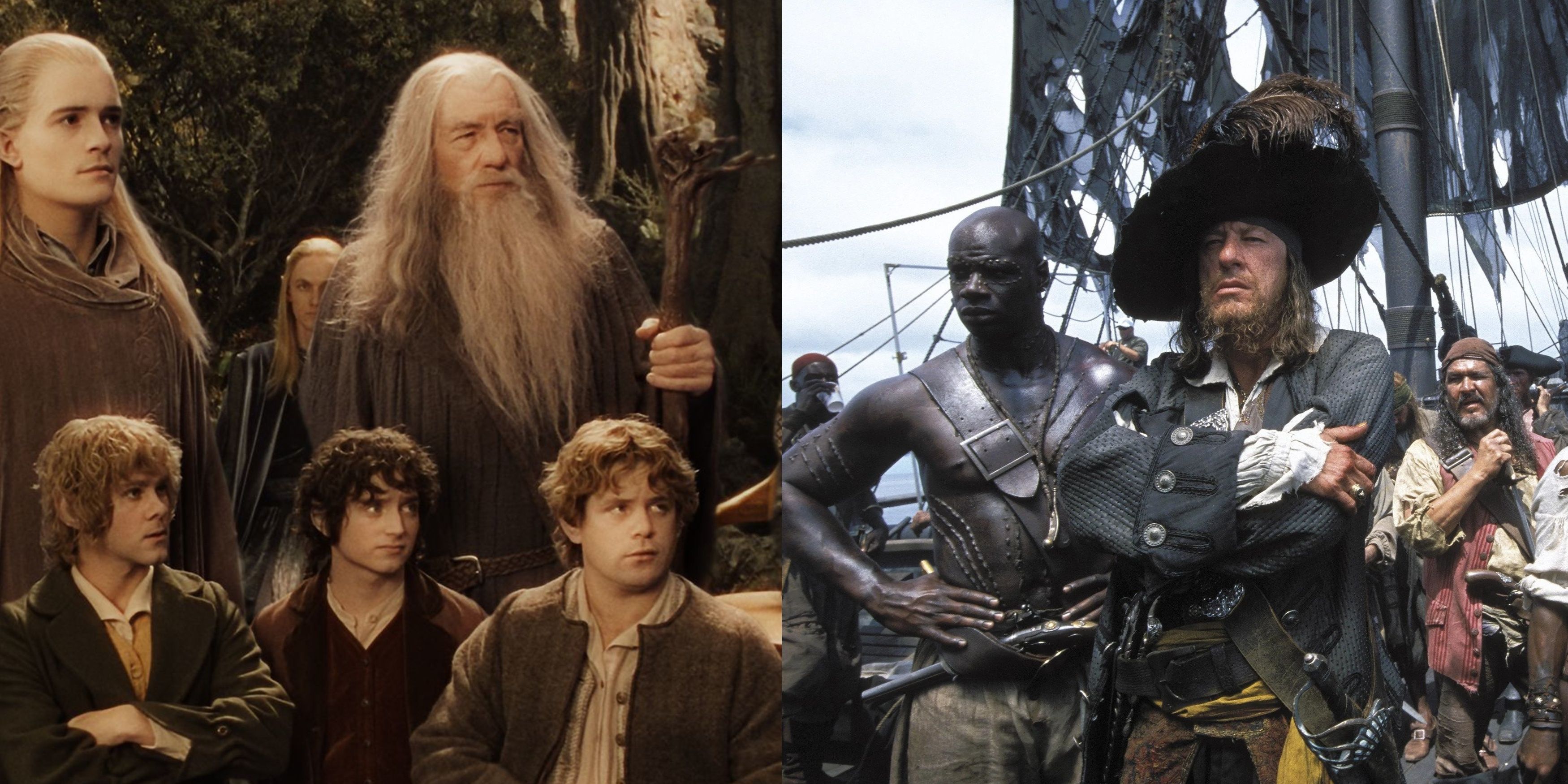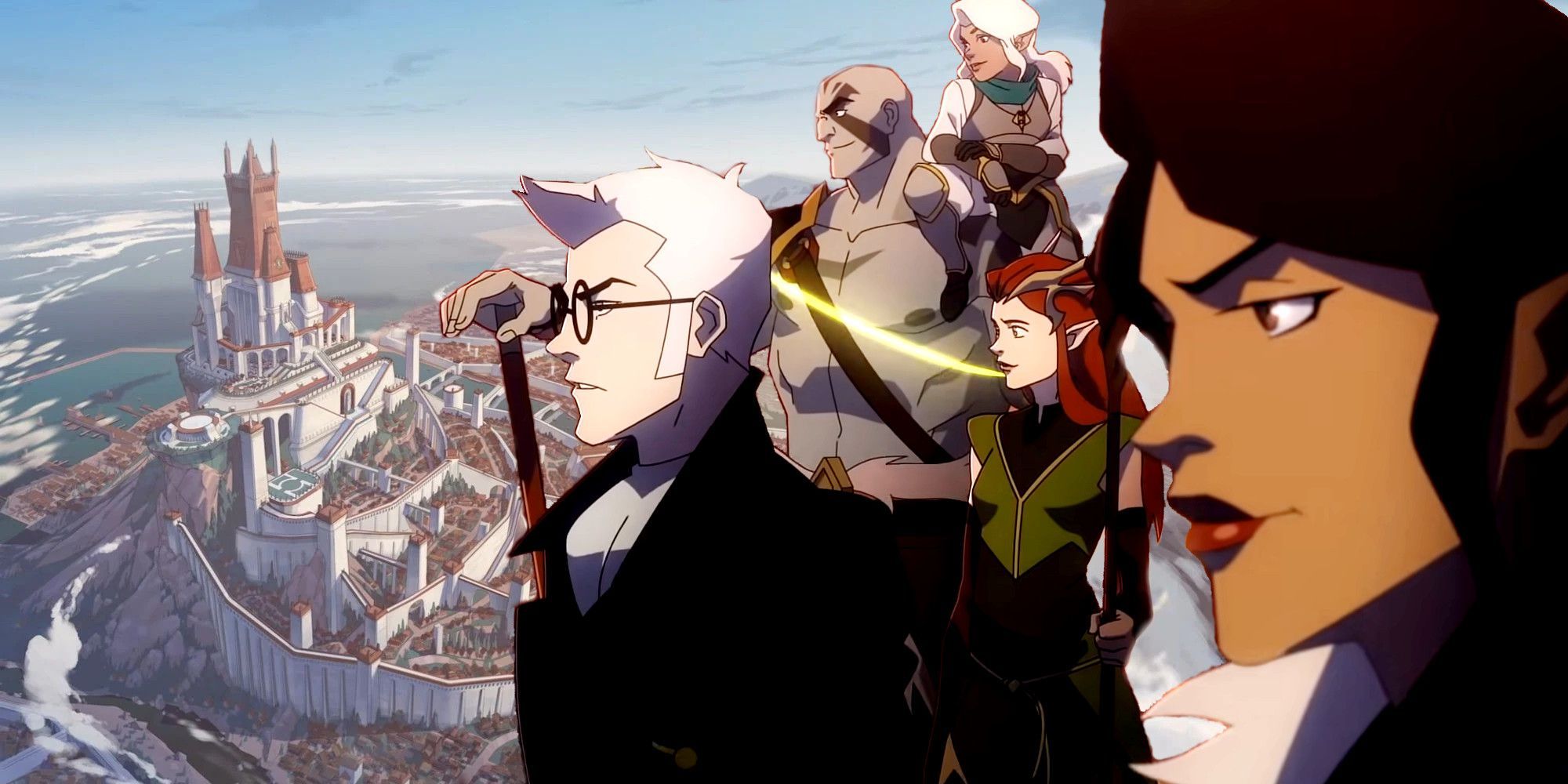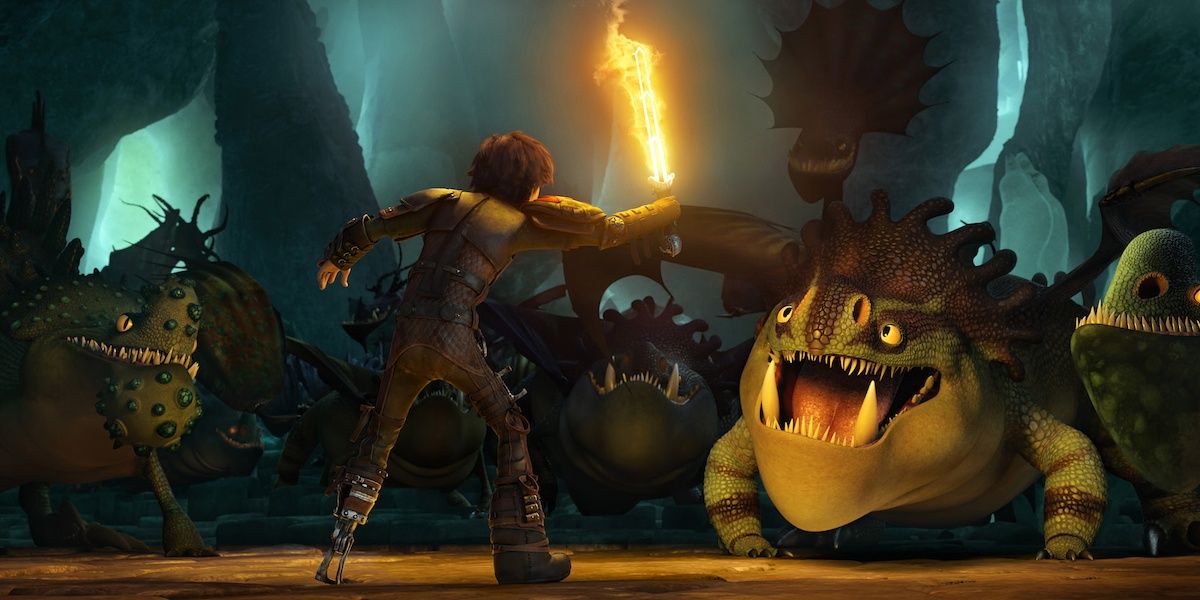As the name would suggest, fantasy is an extremely open-ended genre. How can one define the limits of a type of story named after the concept of imagination? Any story that features magic will generally earn the fantasy label, but can it be broken down further? Maybe a ranking system will help fans and creators sort their favorite fairy tales.
The line between High and Low fantasy is a bit like the border between hard and soft science fiction, in that it's ill-defined at the best of times. While the lines between examples can be a bit hard to define, the difference is interesting because of the way it influences the works that continue to appear.
What is High Fantasy?
The easy way to define High Fantasy is to point at The Lord of the Rings and say "pretty much that." The term primarily exists as a genre label for the seminal works of J. R. R. Tolkien and the decades of art that he inspired. The names High Fantasy and Low Fantasy are actually very literal. It's not a binary that separates fantasy into two camps, it's a spectrum that gauges the degree to which traditional fantasy elements factor into a piece of art. If a work takes place in a fictional reality that's packed with magic, fantastical creatures, alternative humanoid species, and literal forces of good and evil, it's High Fantasy.
High Fantasy is also known as Epic Fantasy for its innate grasp of massive scale. Morality is almost always extremely straightforward in the world of High Fantasy. The villain isn't nuanced or motivated by a tragic backstory, they're just gleefully evil. The heroes aren't complicated figures who use questionable methods to get the job done, they're unflappable paragons of righteousness. There's always wiggle room within these concepts, but the honest black-and-white morality of High Fantasy is integral to its appeal. High Fantasy stories can be complex, but they tend to be ultimately consistent in their use of one great evil force and one ragtag group of heroes that must stop them. This lends itself to High Fantasy's focus on world-changing events. The fate of everything is almost always at stake.
High Fantasy is beloved because of its ability to transport the audience. The stories tend to explore their impossible settings and experience the full power of the universe's magic system. High Fantasy is free to be a bit looser with its narrative structure because the draw tends to be in the big broad strokes. People still love watching the chosen ones defy the odds and battle the great old evil one, but if they'd prefer their stories a bit more grounded, they can turn their fantasy down a notch.
What is Low Fantasy?
Low Fantasy stories are the other end of the spectrum. While High Fantasy tends to transport the viewer to a new world, Low Fantasy tends to imagine a slightly altered version of the existing one. These tales typically take place on Earth, but with some elements of magic thrown in to shake things up. The icons of Low Fantasy either treat fantastical elements as unique and special deviations from the norm or as natural parts of their everyday life. Humans will typically still be the dominant species without much interference from Elves or Dwarves, any mythical creatures that pop up will act like enhanced animals, and magic will either be light or non-existent. The morality can be a bit grayer and the scale can be much more personal. While High Fantasy heroes beat their evil foes with the pure power of goodness, Low Fantasy champions just beat them in a fight.
The key distinction tends to be the setting of the work. There's a lot more nuance to the High/Low Fantasy spectrum, but the quickest deciding factor tends to be whether the work takes place in a "secondary" world. Many fantasy stories endure years of debate regarding their place in the genre. Game of Thrones, for example, lands somewhere in the middle. HBO's adaptation of George R. R. Martin's work is much more conservative with magic than the source material. The show takes place in Westeros, but it approaches almost every element with grounded realism. Its grim morality is pure Low Fantasy, but its epic scale brings it into higher territory. It can be hard to decide, but it's not all that important to get every piece of art into its place.
Despite the terminology, High and Low Fantasy are not denominations of quality. They're merely a way to describe the level of otherworldly material a fan can expect when they pick up a new fantasy story. If it's all Elves, Dwarves, and wizards wandering a mystical world, that's High Fantasy. If it's about regular people in a world that's been slightly altered by magic, that's Low Fantasy. Every magical story has its place on the spectrum, but any level of fantasy can be fantastic.

